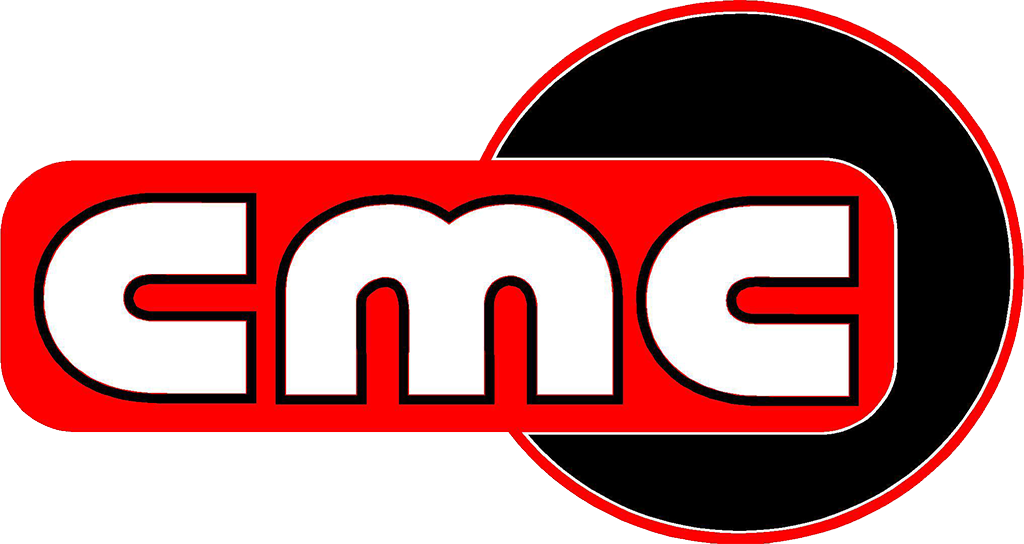According to the Office of Energy Efficiency and Renewable Energy, you could put anywhere from $200 to $400 back in your pocket by making a few simple changes around your home. That could bring your yearly spending down by around $2,000.
Keep energy bills low and homes energy efficient with the following tips.
Use Only The Water You Need
Water use can be one of the biggest culprits when it comes to high household bills. In fact, water bills can account for $500 of the $2,000 spent on overall energy use. Here are a few simple ways to cut down on water use in your home.
• Turn off the water while brushing your teeth. If you don’t need the water on while doing any given activity, like shaving or brushing your teeth, turn it off to conserve water and save money.
• Repair faulty plumbing. Even small leaks can add up to big water bills. Up to 10% of U.S. households ignore leaks that waste as many as 90 gallons of water every day! Patching up the leak can bring your water bill down, without any sacrifices on your part.
• Switch to low-flow fixtures. Low-flow showerheads, toilets, and faucets save gallons of water with each use as compared to their normal-flow counterparts.
• Shower. Choose a hot shower over a relaxing bath. Bathing wastes 75 gallons of water per bath, while showering only uses roughly 17.
• Wash full loads of laundry. Do full loads of dishes. Running smaller, half-filled loads uses more water and energy.
Maximize Heating and Cooling System Efficiency
Whether a new AC installation is in store or you need to spruce up your system for maximum efficiency, make sure to take the time to do it. Air conditioning systems run best when you regularly change the filter and keep up on routine maintenance and AC repair. Filters last 90 days in the typical household. If you own one dog or cat, it is best to change the filter every 60 days. For multiple pet homes, it may be necessary to change your filter as often as every 20 to 45 days.
Make sure AC units and energy efficient cooling systems are the proper size for your home. According to ENERGY STAR, heating and cooling units that are too big will turn on and off too frequently, ultimately causing them to breakdown sooner. An undersized unit, on the other hand, can be overworked and also cause premature system failure.
Purchase ENERGY STAR Appliances
When purchasing new appliances, look out for tags and labels that indicate they are ENERGY STAR qualified. Appliances tagged or labeled this way must meet certain energy efficiency requirements. Your washer, dryer, and refrigerator use the most energy, so if you plan on replacing appliances, replace these first!
Seal Up Drafts and Insulated Ducts and Attics
You may be able to avoid a new AC installation by sealing up drafts, putting in some insulation and undergoing careful air duct cleaning. Use weather stripping, caulk, and foam spray to reduce drafts in your home. With fewer drafts, your heating and cooling system doesn’t have to work as hard. This causes the system to run more efficiently, prolonging the need to for a new AC installation in the near future.
Insulate basements, attics, and ducts. Sealing up a duct properly ensures that hot air circulates into and around your home, not out cracks and crevices. As much as 60% of hot air can be lost in crawlspaces if ducts are not properly insulated and sealed.
Invest In A Programmable Thermostat
Make sure your heating and cooling system isn’t working any harder than it needs to. A programmable thermostat can help you regulate temperatures automatically, adjusting for different times of day and periods when you will be away from your home.
By making these simple energy fixes around your home, you can save money on your energy bills, lower your overall energy output and create a more energy efficient home.

